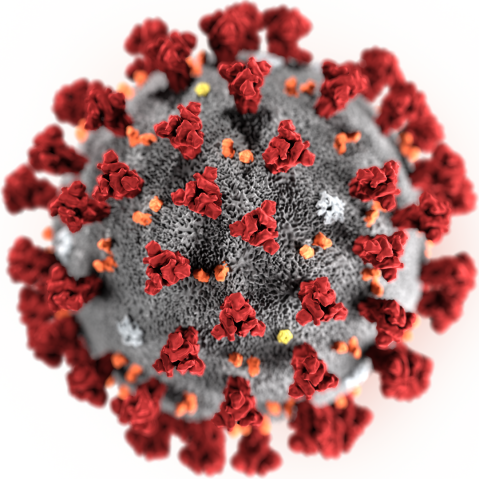Within the Mathematics, Mechanics, and Materials Unit at the Okinawa Institute of Science and Technology Graduate University (OIST), postdoctoral researcher, Dr. Vikash Chaurasia, and Professor Eliot Fried have been using energy minimization techniques to look at charged proteins on biological particles. Previously they researched cholesterol molecules but when the pandemic hit, they realized that with the methods they had developed could be applied to the new virus. They collaborated with researchers at Queens University in Canada to take a close look at SARS-CoV-2 and see how the shape of the virus’ ‘spikes’ (which are officially called peplomers) aid its success at spreading so prolifically. Their study was recently published in Physics of Fluids.
“When one envisions a single coronavirus particle, it is common to think of a sphere with many spikes or smaller spheres distributed across its surface,” said Dr. Chaurasia. “This is the way the virus was originally modeled. But this model is a rough sketch and over the last year, we’ve come to learn much more about what the virus looks like.”
Instead, Dr. Chaurasia pointed out, the ‘spikes’ of the coronavirus particle are actually shaped like three small spheres stacked together to form a triangular shape. This is an important consideration because the shape of a viral particle can influence its ability to disperse.






